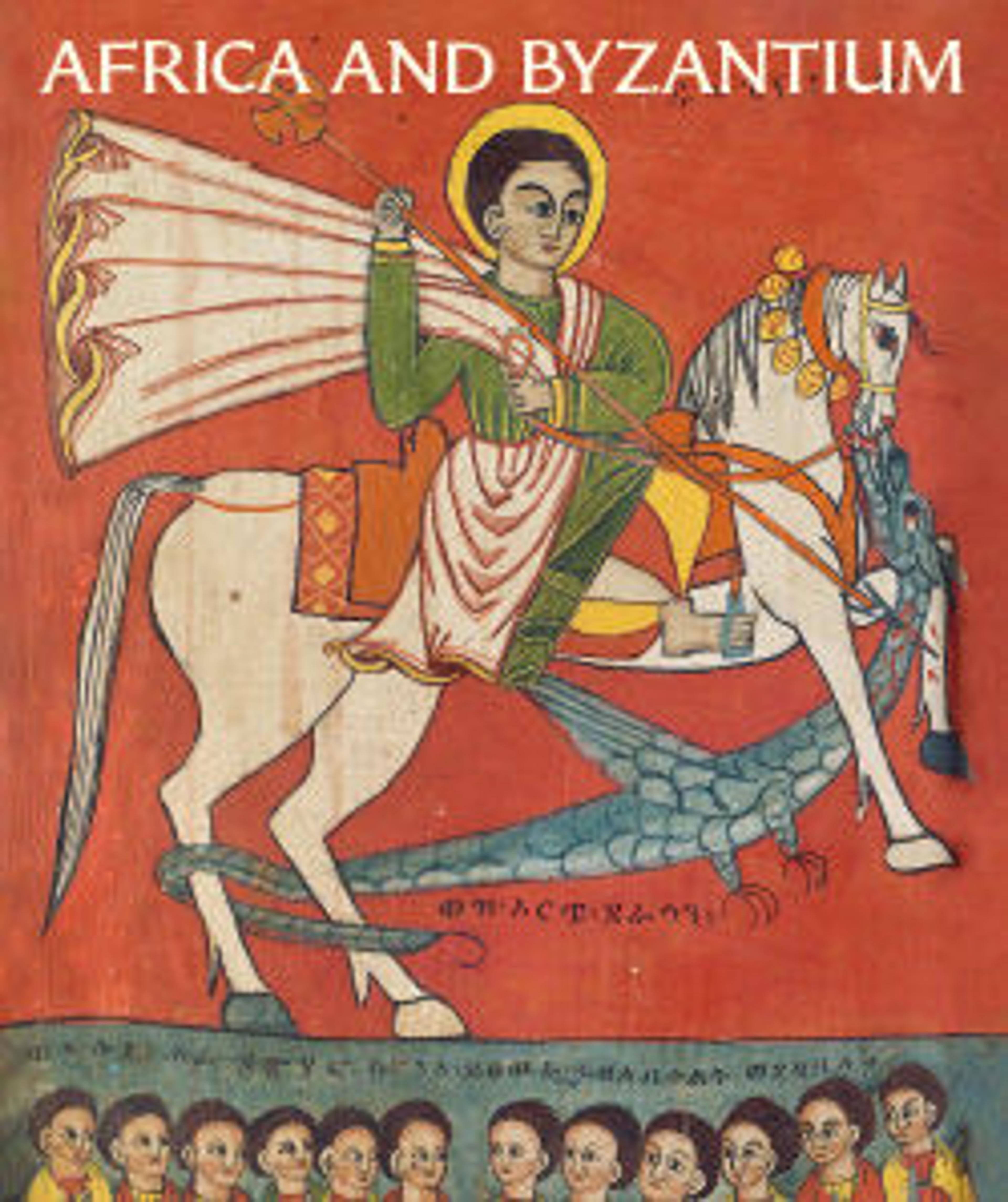Fragment of a Rock Crystal Bowl
Fish and shells carved in relief decorate this fragment. When the bowl was complete, it may have been suspended by chains and filled with oil for use as a lamp.
This rock crystal carving found in a cistern in Carthage (now in Tunisia, North Africa) demonstrates the quality of the arts of that great city as the Roman world became Byzantine. The Roman naturalist Pliny, describing its beauty, believed crystal to come from snow. It was thought to protect against kidney ailments and other diseases.
This rock crystal carving found in a cistern in Carthage (now in Tunisia, North Africa) demonstrates the quality of the arts of that great city as the Roman world became Byzantine. The Roman naturalist Pliny, describing its beauty, believed crystal to come from snow. It was thought to protect against kidney ailments and other diseases.
Artwork Details
- Title: Fragment of a Rock Crystal Bowl
- Date: 3rd–5th century
- Culture: North African (Carthage)
- Medium: Rock crystal
- Dimensions: Overall: 1 3/4 x 3 11/16 x 1 5/8 in. (4.5 x 9.4 x 4.2 cm)
- Classification: Lapidary Work-Crystal
- Credit Line: Bequest of Ada Small Moore, 1955
- Object Number: 55.135.7
- Curatorial Department: Medieval Art and The Cloisters
More Artwork
Research Resources
The Met provides unparalleled resources for research and welcomes an international community of students and scholars. The Met's Open Access API is where creators and researchers can connect to the The Met collection. Open Access data and public domain images are available for unrestricted commercial and noncommercial use without permission or fee.
To request images under copyright and other restrictions, please use this Image Request form.
Feedback
We continue to research and examine historical and cultural context for objects in The Met collection. If you have comments or questions about this object record, please contact us using the form below. The Museum looks forward to receiving your comments.
